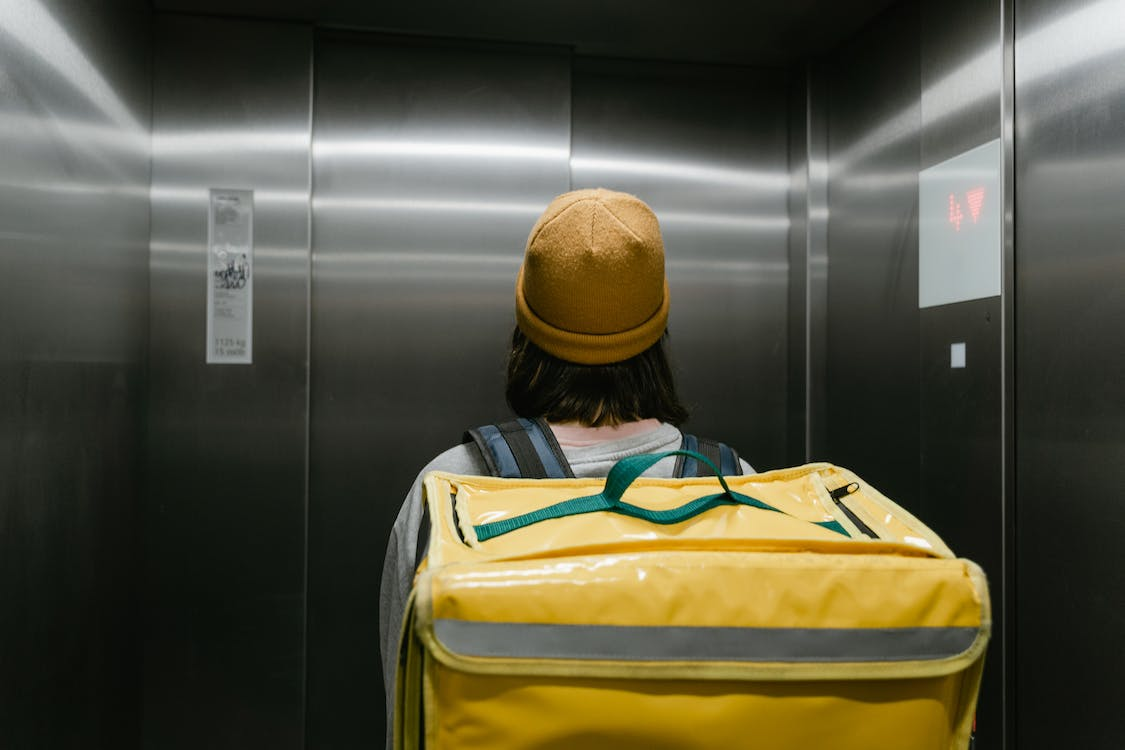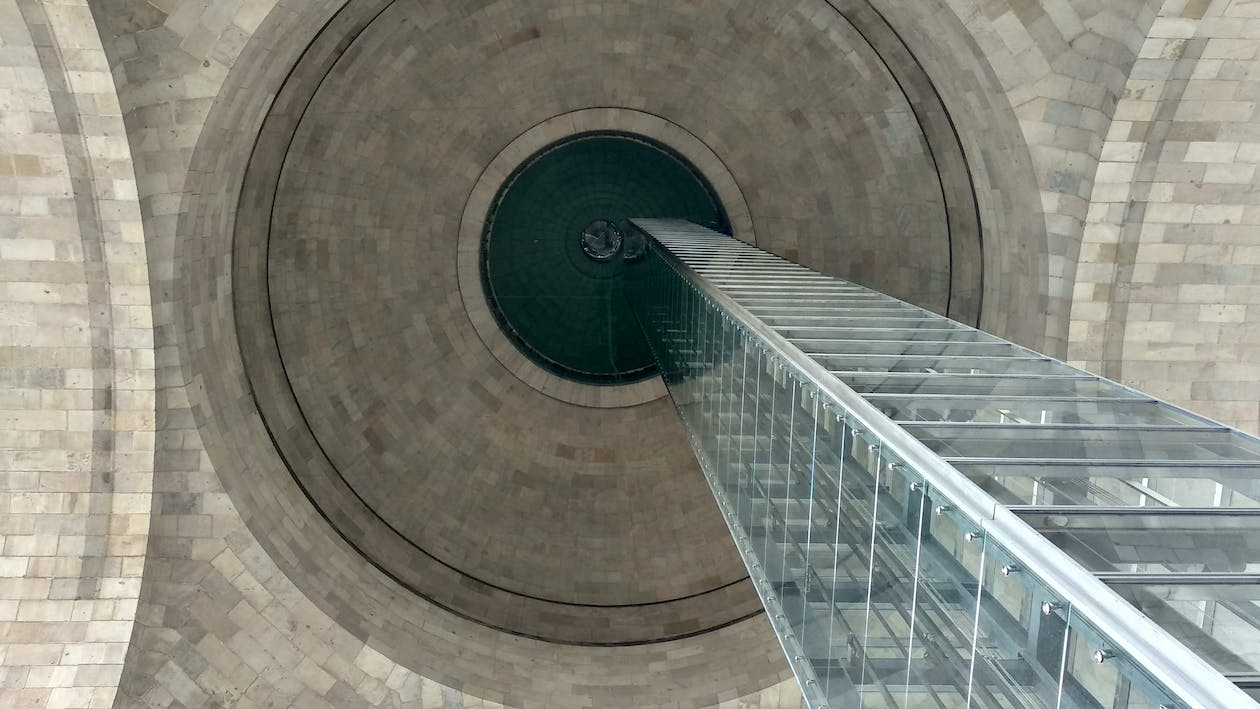
Elevators have become a necessity in today’s convenient and fast-paced lifestyle. They help people move between floors fast, without the effort of climbing several stairs. However, they also pose significant safety risks.
Every year, approximately 30 people die, and 17,000 get injured in elevator accidents. Although modern elevators in New York buildings are safe, you should still take precautionary measures to ensure maximum protection. The experts at our elevator inspection firm in Brooklyn have discussed the top elevator safety rules for both owners and passengers.
For Riders
Allow Existing Riders to Exit Before Entering
Even if you’re in a hurry, there’s no point in entering the elevator before allowing others to exit first. It will only go up once everyone has left. Rushing into an elevator will lead to congestion at the door, resulting in more delays.
As a civilized and polite rider, you should always allow existing riders to exit first and give them enough space. This also ensures everyone’s safety and seamless operation of elevators.
Stay Alert and Composed
No matter how often you use your building’s elevator, you’re still riding in a complex machine that can malfunction with the slightest mistake. Make sure you stay alert and act civilized when riding an elevator to keep yourself and others safe. Look after your kids and ensure they’re not pushing each other against the door or walls, as it could cause damage to the elevator’s mechanism. Playing around in an elevator will also annoy other passengers, so it’s best to act wisely.
Hand Sanitization
Hundreds of people press elevator buttons every day, making it essential for you to sanitize your hands before and after pressing the buttons. If you don’t, you risk exposing yourself or those around you to germs and bacteria. Make sure you keep a sanitizer and use it diligently when using an elevator. Building owners should install a sanitizer dispenser in the elevator to ensure everyone’s safety.
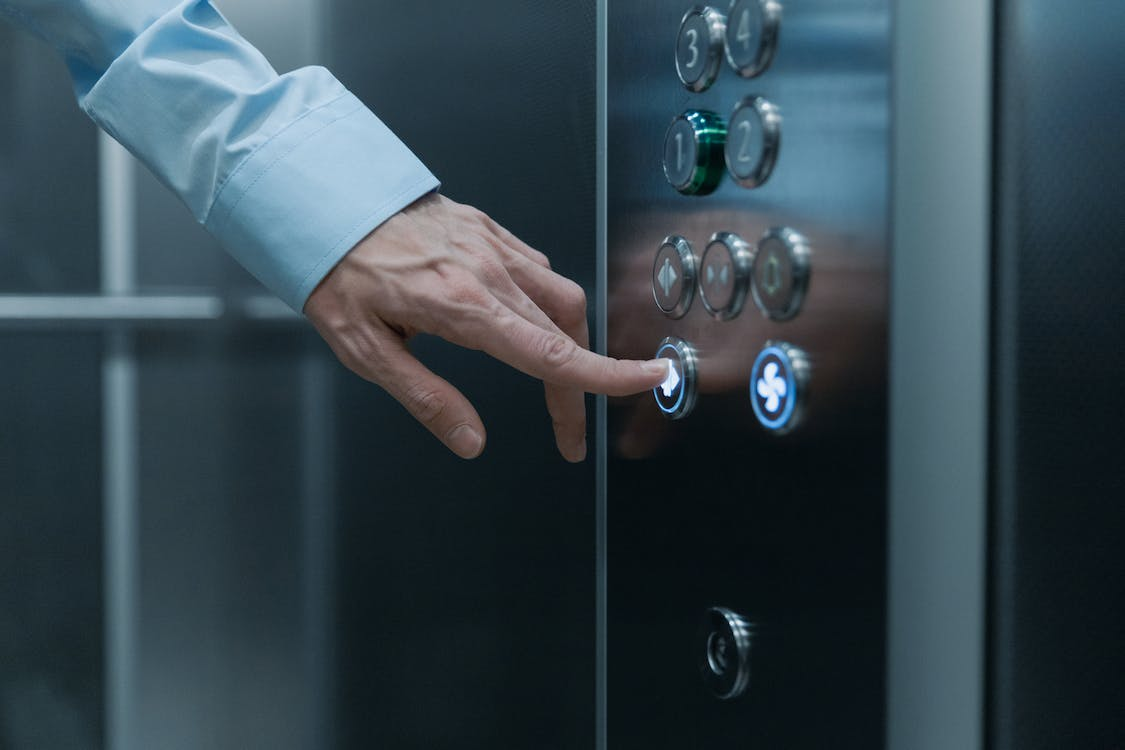
Don’t Use Elevators During Emergencies
Ideally, building owners should switch off all elevators during an emergency to prevent people from using them. Most people run for the elevator, thinking they will reach down faster. However, as a rider, you should never use an elevator during a fire or other emergencies. You may get stuck in an elevator due to power and electrical failure issues. So it’s best to always take the stairs.
Maintain a Distance from the Door
Most people try to stay as close to the elevator door as possible to exit early. However, this can jam the sensors, and doors will close abruptly, catching you in between and causing an injury. Moreover, you may trip, slip or fall if the elevator is misleveled and you rush to get out.
Stand away from the doors and keep your clothes and things you’re carrying away from them. Instead, stand at the back or near the walls to stay safe.
Watch Your Step
Elevator misleveling is a common malfunction due to a lack of maintenance or system failure. It causes the elevator to stop above the floor level, leaving some space. Once the elevator stops, you must watch your step and exit carefully to avoid any incident. Hold your pets and children firmly to prevent them from tripping or falling.
What to do If the Elevator Shuts Down?
An elevator stopping abruptly due to system or power failure can be a nightmare for many, especially those with claustrophobia and anxiety. The good thing is that modern elevators have emergency mechanisms in place that keep you safe inside. However, if you find yourself in such a situation, here’s what to do:
- Try not to panic and remind yourself that there’s enough air in the elevator to breathe for a long time.
- Remind yourself that the elevators have an emergency mechanism, and you will not fall.
- Don’t climb out of the elevator.
- Don’t force the doors to open; it can cause further issues with the system.
- Press the contact or emergency button on the elevator panel and explain the situation calmly.
- If there are elderly or children stuck with you, try to calm them.
- Don’t scream or create panic for others
For Owners
Regular Elevator Inspections and Testing
Elevators are prone to malfunctions and defects, which can lead to incidents and inconveniences if not solved. Building owners should hire certified professionals for regular elevator inspections and testing to ensure smooth operation.
OSHA regulations recommend yearly comprehensive inspections with additional monthly inspections to ensure satisfactory operation. Your elevator manufacturer will also provide you with an elevator maintenance schedule, depending on the system. Just like any other machine, elevators have a complicated mechanism that requires frequent maintenance for optimal operation. Skipping any inspection can lead to adverse consequences.
Hiring an elevator inspection firm may seem like an expense, but it’s worth investing in to ensure the safety of hundreds of people who use elevators in your building. It will help you avoid costly lawsuits (if a passenger gets hurt due to an elevator malfunction) and penalties.
Ensure Leveling
You must have your elevators serviced to ensure their car is leveling with the destination floors. It’s a crucial step in elevator maintenance to avoid adverse consequences such as injury, inconvenience, or lawsuits (if a person gets injured). If you get regular inspections and repairs, you won’t have to worry about this issue.
Add Safety Signage
You must enforce the maximum capacity of the elevators in your building to ensure maximum safety. Add signage inside and outside the elevator specifying the maximum capacity, and hire personnel to ensure people follow this. This will avoid congestion and any incidents.
You should also specify directions to the elevator and stairs in your building via signage to eliminate confusion. This way, people can quickly find elevators (and stairs during an emergency or power failure).
Add a warning sign for “watch your step” alerting passengers to carefully enter and exit the elevator. These safety steps will prevent riders from attempting any unsafe activity and give you a chance to defend yourself in case of any lawsuit.
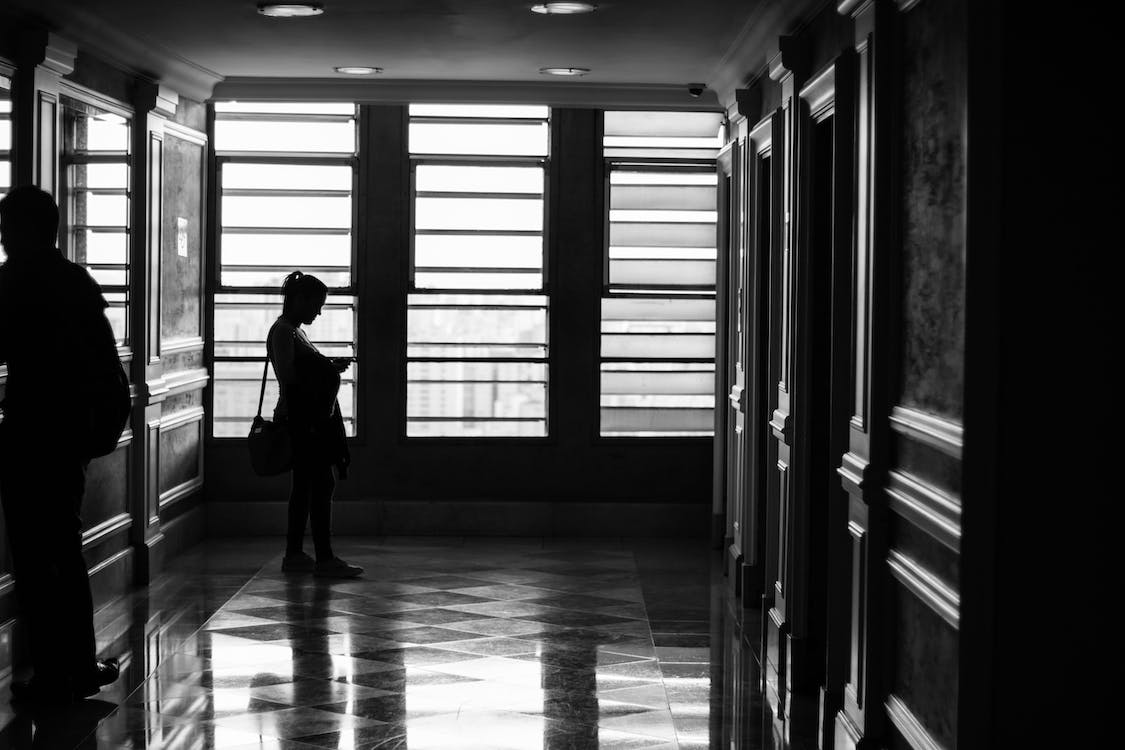
Install Sturdy Handrails
Over time, elevator handrails become loose or break. Not having handrails in the elevator can be dangerous in situations where it stops or lands abruptly. Make sure you install sturdy and secure handrails in the elevator to offer support to the riders.
Have Adequate Space Outside the Elevators
Most places have very little space outside elevators, which easily gets crowded. Make sure there is enough space outside the elevator in your building so passengers can exit the elevator without bumping into the ones waiting for it. Having adequate space will ensure safe and seamless loading and unloading.
Offer Increased Accessibility
Install adequate elevators to fulfill the needs of the visitors and tenants in your building. This will prevent people from overloading elevators and increase safety. Install functional door open and close buttons that are accessible to every individual. And take extra care of cleanliness to prevent jeopardizing riders’ safety. If the elevator floors are wet due to cleaning, halt the process until they have dried.
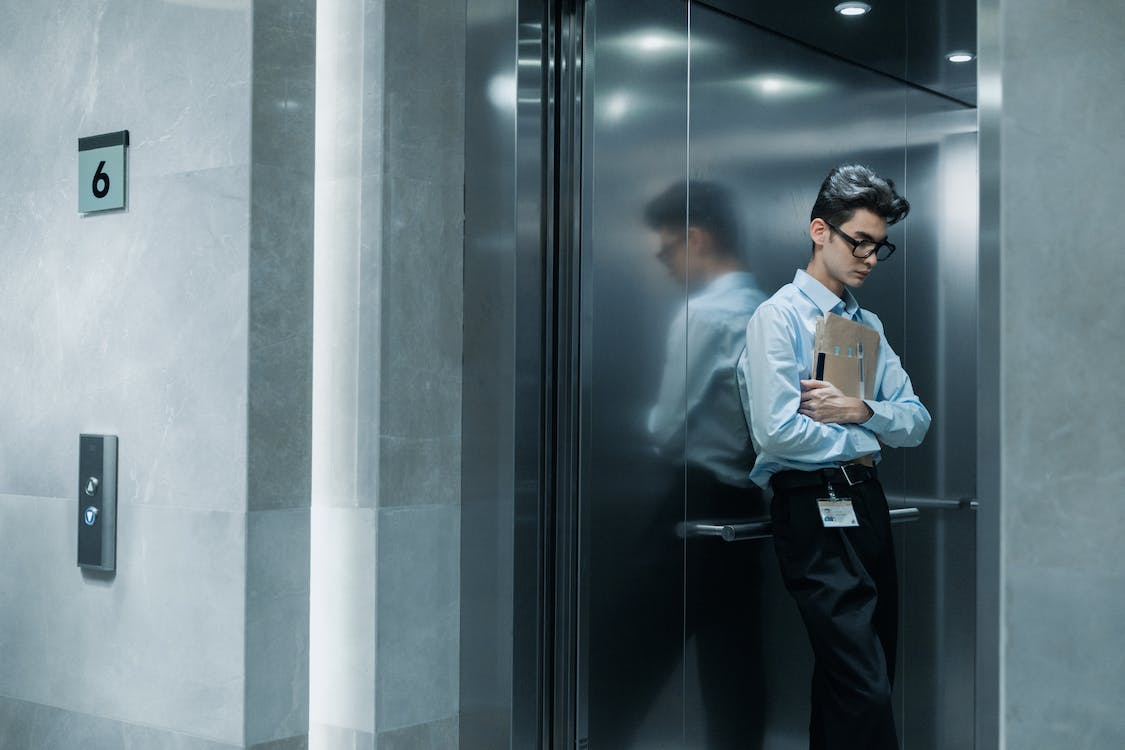
At HighRise Consulting, we offer elevator testing and inspection services in various areas of New York, including Brooklyn, Queens, Manhattan, and Staten Island. We are a trusted elevator consulting firm with certified and experienced professionals on board. Request an estimate or contact us to get started.
continue reading
Related Posts
Elevators are a critical factor in multi-story buildings when it […]

